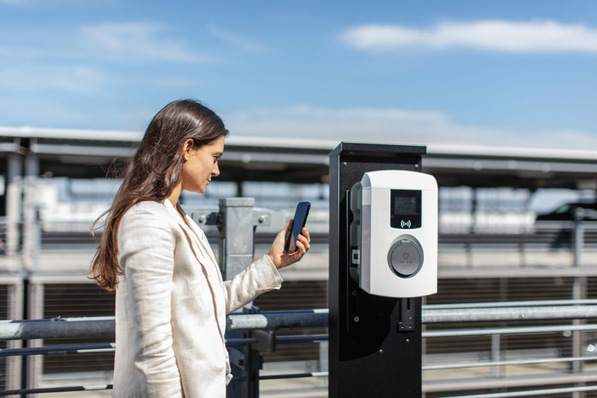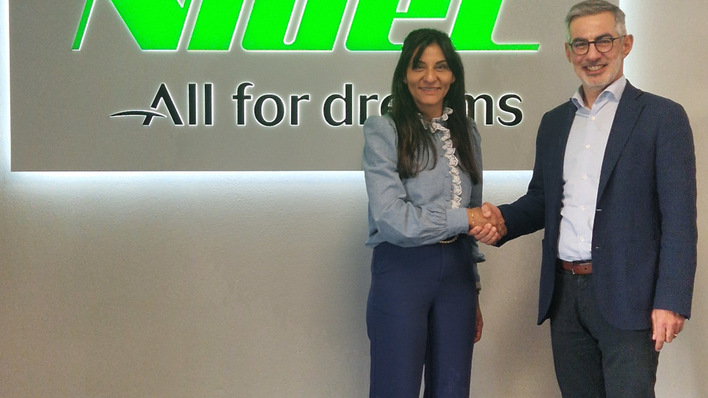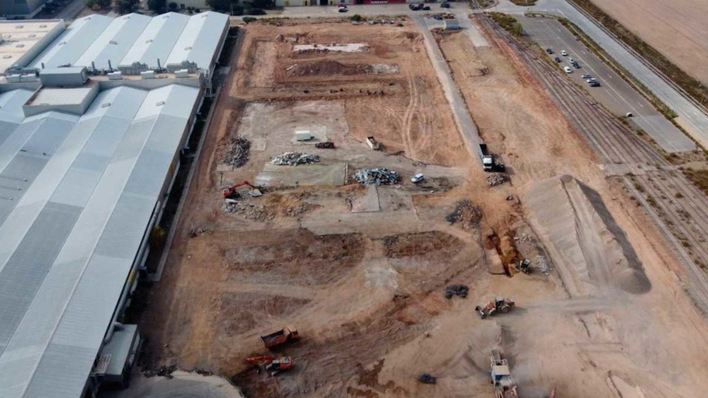The first two quarters of 2016 are almost over. How has the market developed for your company E3/DC?
We saw positive cash flow. As planned, we had sold over 1,000 domestic power stations by the end of May. I suppose you are aware that we can only sell what we have ordered because the batteries are delivered by ship from Japan. Sales are going very well at the moment, also since we were able to take on board a wide range of new and solid partners. For example, a large consortium of 11 municipal utilities that will acquire our units. This is so far unique in this industry. By the end of this year, we will have sold 2,500 storage units. For next year we are hoping to be more present in the entire range of product applications, including entry-level and the commercial segment.
What trends are you seeing in home storage? In what direction are you going with that?
We are concentrating on our TriLink technology, which so far works in a unique way because it creates a genuine power station with a real grid. We want to make people and companies as independent of the power grid as possible. At the Intersolar Europe in June in Munich we presented a commercial storage unit and will expand on the issue of emergency power supply and fully uninterruptible power supply (UPS). Our home-power-station is capable of creating an island grid – in case the power fails or if the customer chooses to have it, i.e. permanently. We are confirmed in this approach by this year’s sales figures and our cooperation partners, as we are selling more than 70 percent emergency-power-capable units. I think in 2017 we can sell 3,300 units, as planned; and then 4,000 in 2018, plus the entry-level and commercial units that will be introduced in 2017.
These seem to be very conservative plans...
Yes, they are. We have decided to plan conservatively. Who can say at the moment, where the business of stationary storage beyond solar applications will really be in the future? I also expect technological advances that will significantly change the market. It is important to me that we as a company grow sustainably and moderately without overextending our structures. We currently have 50 employees, together with whom we focus on creating a sound distribution structure and more functionality. We introduced KNX and Modbus to our units. They are also set up for smart grid, which the (municipal) utilities will make use of.
What technological leaps are you expecting?
Next year, a new generation of lithium cells will be introduced to the market which have been specifically developed for electric vehicles – the so-called Generation III. They have a significantly higher energy density and longer lifetime, and the prices will fall dramatically. For example: LG Chem’s new JH3 cell up to 230 watt hours per litre in the 48-volt model or Tesla’s 21700 up to 200 watt hours per litre. This will introduce to the market battery modules of much over three kilowatt hours; 4.6 or even 6.3 kilowatt hours. This will change the sizing, i.e. there will be considerably fewer battery modules per application and it will be possible to install much more storage capacity per customer.
And what about longevity?
Manufacturers that supply the major makers of electric and hybrid vehicles, such as Samsung, LG Chem or Panasonic, have extremely large capacities. This allows them to considerably extend the longevity of their batteries, by down-scaling the usable capacity slightly. That way, the customer gets an at least equal lifespan as with iron phosphate, and significantly better prices at much better capacities. And reducing the strain on the cell also improves degradation. The latest generation of automotive cells are able to maintain 80 percent for 15 years. Any lifespan beyond this is no longer a question of the cell, but is subject to other effects and errors in the electronics. This area is non-predictable and cannot be guaranteed.
So, you see automotive cells will be dominating the market?
Indeed, it will be the case that as of 2017, automotive cells will directly or indirectly be incorporated in stationary storage units on a large scale. That does not mean taking your car batteries to the basement, but they will be assembled as 48-volt modules, as always with a safety certification and equipped with a battery management system.
What effect will that have on prices?
I suppose, the purchasing price of just the battery will fall by between 30 and 50 percent. A five-kilowatt-hour storage unit will then retail for only 1,600 to 2,000 euros – at least as far as buying the actual batteries is concerned. Of course, this price reduction will not entirely be passed on to the consumers. After all, we have to finance our distribution structures and services. But it will be difficult for system providers, because the price of the battery modules will now be almost insignificant. One will be able to build fairly large domestic storage units including inverter technology for 5,000 or 6,000 euros. However, the cost of distribution for such systems will still be high, because it requires qualified technicians.
What is the benefit of the TriLink technology?
Switch to island mode, if you feel like it; even completely uninterrupted. 100 percent self-sufficient, if you feel like it. Internationally and in the commercial sector, customers will increasingly come to understand that a three-phase system with emergency power supply, UPS and electric mobility can be very interesting for becoming more independent. There will also be hybrid vehicles operating as emergency power generators and EVs as stationary storage units.
How will business of installation companies change?
It will remain lucrative for them. Falling purchasing prices for cells and battery modules will most of all put a strain on storage manufacturers. In the future, between 50 and 60 percent of storage units will still be installed by regional installation companies. (Municipal) utilities will gain in importance, even though now for distribution-related reasons they play a very insignificant role.
What opportunities do you see in retrofitting existing solar generators with storage units?
We will soon offer string batteries specifically designed for retrofitting solar installations. Those will be mostly small domestic units. The market for domestic storage generally involves rather small components. We estimate that the market for retrofitting will only be about a tenth of the storage market’s volume. This should not be overestimated. Retrofitting installations that will stop falling under the regulations of the EEG from 2023 onwards will be at a level equivalent to between 20 and 30 percent of new installations, and is thus quite attractive. But we will have to wait and see.
The interview was conducted by Heiko Schwarzburger.
Read this useful stories, too:
How will prices for energy storage solutions develop? Andreas Piepenbrink shares his observations
8 expert tips for solar energy storage every home builder should know about








